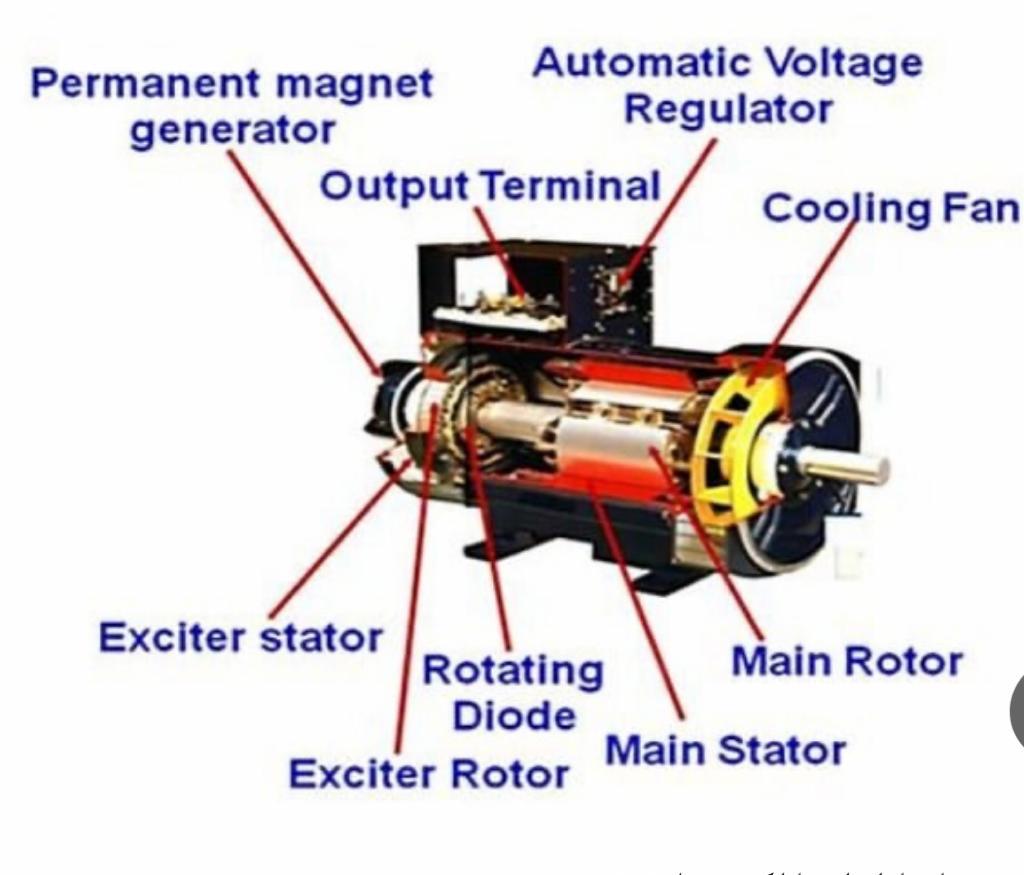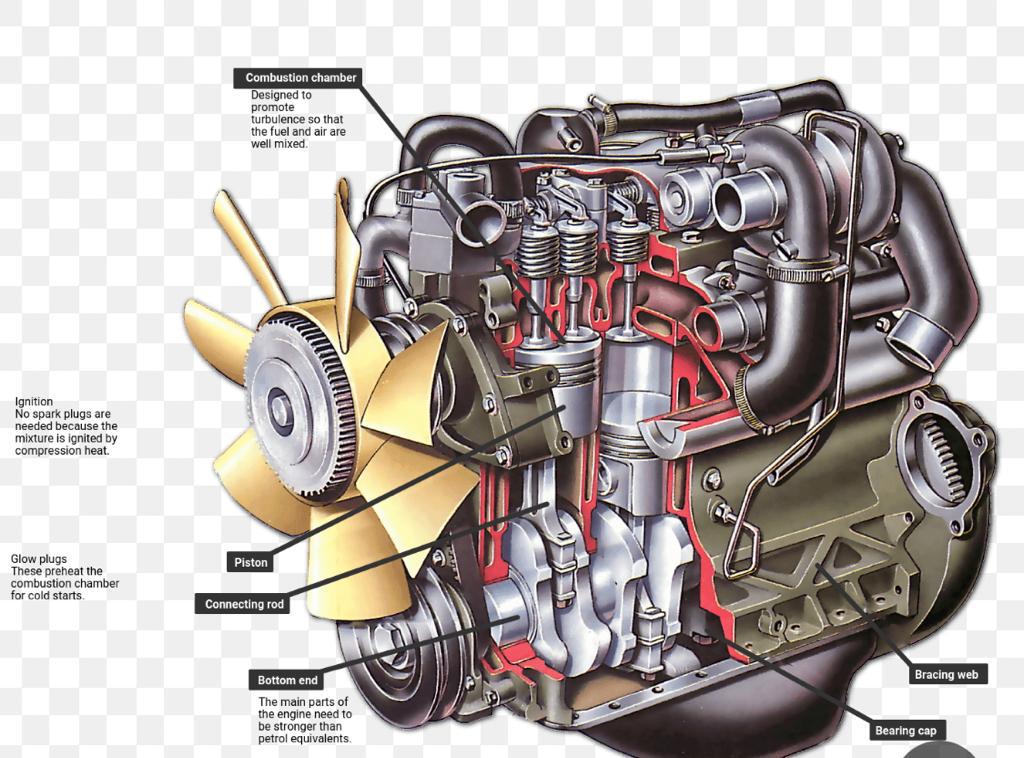What are electric generators
It is a mechanical device that generates electricity.
It generates electricity by converting the kinetic energy in the device into electrical energy, based on the presence of a magnetic field.
Who invented the first device to generate electricity is the scientist and inventor Michael Faraday in 1831 AD.
The electric generator is one of the modern devices that operate devices and machines that depend on electricity.
During its operation, the electric generator depends on several foundations, including turbines, reciprocating engines, and internal combustion engines.
The electric generator works by rotating the parts inside it.
Electromagnetic energy is generated as a result of the movement of its internal parts.
The electromagnetic energy that is produced is transmitted through some of the existing parts.
Thus, it is converted into the required electrical energy
What other safety tips should I remember?
If the generator is permanently installed, use lead and carbon monoxide detectors, at least when the generator is in use. Nitrogen oxide. Never fill fuel into the generator until it has cooled.
If it's raining or snowing outside, can I put the generator in the garage and run it there with the door still open?
no. Never run a generator indoors, in a garage, under an awning, on a porch, inside a porch, or near an open window. Even with an open garage, carbon monoxide in generator exhaust gas can cause poisoning or, at worst, death.
What are the different types of cables used in transmission?
The cables used to transmit power can be classified into three forms:
Low voltage cables that can transmit voltages up to 1000 volts.
High tension cables can transmit voltages up to 23,000V.
Ultra-tension cables can transmit voltages from 66 kV to 132 kV.
What is the difference between kW and kVa?
The primary difference between kW (kilowatts) and kVA (kilovolt-amps) is the power factor. kW is a unit of real power and kVA is a unit of apparent power (or real power plus reactivated power). Thus, power factor, unless defined and known, is an approximate value (usually 0.8), and the kVA value will always be higher than the kW value.
In relation to industrial and commercial generators, kW is most used when referring to generators in the United States, and a few other countries that use 60 Hz, while most of the rest of the world uses kVa as the base value when referring to generator sets.
To expand it a bit more, the kW rating is basically the power output the generator can deliver based on the horsepower of the engine. The kW is calculated from the engine’s horsepower rating times .746. For example, if you have a 500-horsepower engine, the kW rating is 373. A kilovolt-ampere (kVa) is the generator’s final capacity. Generator sets are usually offered with both ratings. To determine the ratio of kW and kVa, the formula below is used.
What is the power factor?
Power factor (pf) is usually defined as the ratio between kilowatts (kW) and kilovolt-amperes (kVa) derived from the electrical load, as discussed in the question above in more detail. It is determined by the load of the connected generators. The pf on the kVa generator nameplate correlates with the kW rating (see formula above). Generators with higher power factors transfer power more efficiently to the connected load, while generators with lower power factor are not as efficient and result in higher energy costs. The standard power factor for a three-phase generator is.
Can you convert a 60hz generator into a 50hz generator?
In general, most commercial generators can convert from 60 Hz to 50 Hz. The general rule is that 60 Hz generators run at 1,800 rpm and 50 Hz generators run at 1,500 rpm. With most alternators, changing the frequency only requires lowering the engine rpm. In some cases, parts may need to be replaced or further modifications made. Larger machines or machines already set to lower rpm will vary and should always be evaluated on a case-by-case basis.
What are the maintenance requirements for my generator set?
The Operation and Maintenance Manual for your generator set provides the required periodic maintenance and how often it should be performed. Many customers rely on WPP to perform these services through an annual maintenance agreement.


